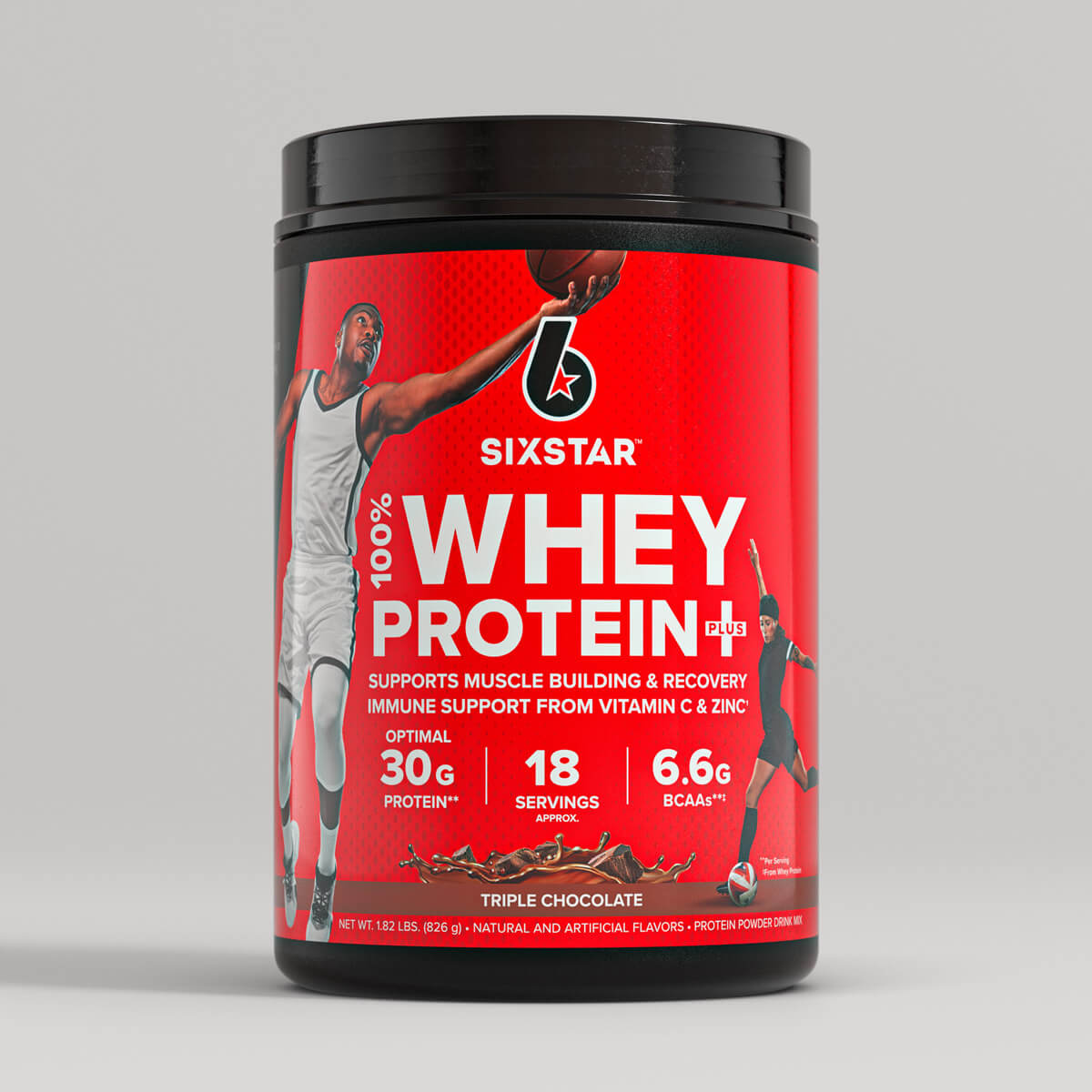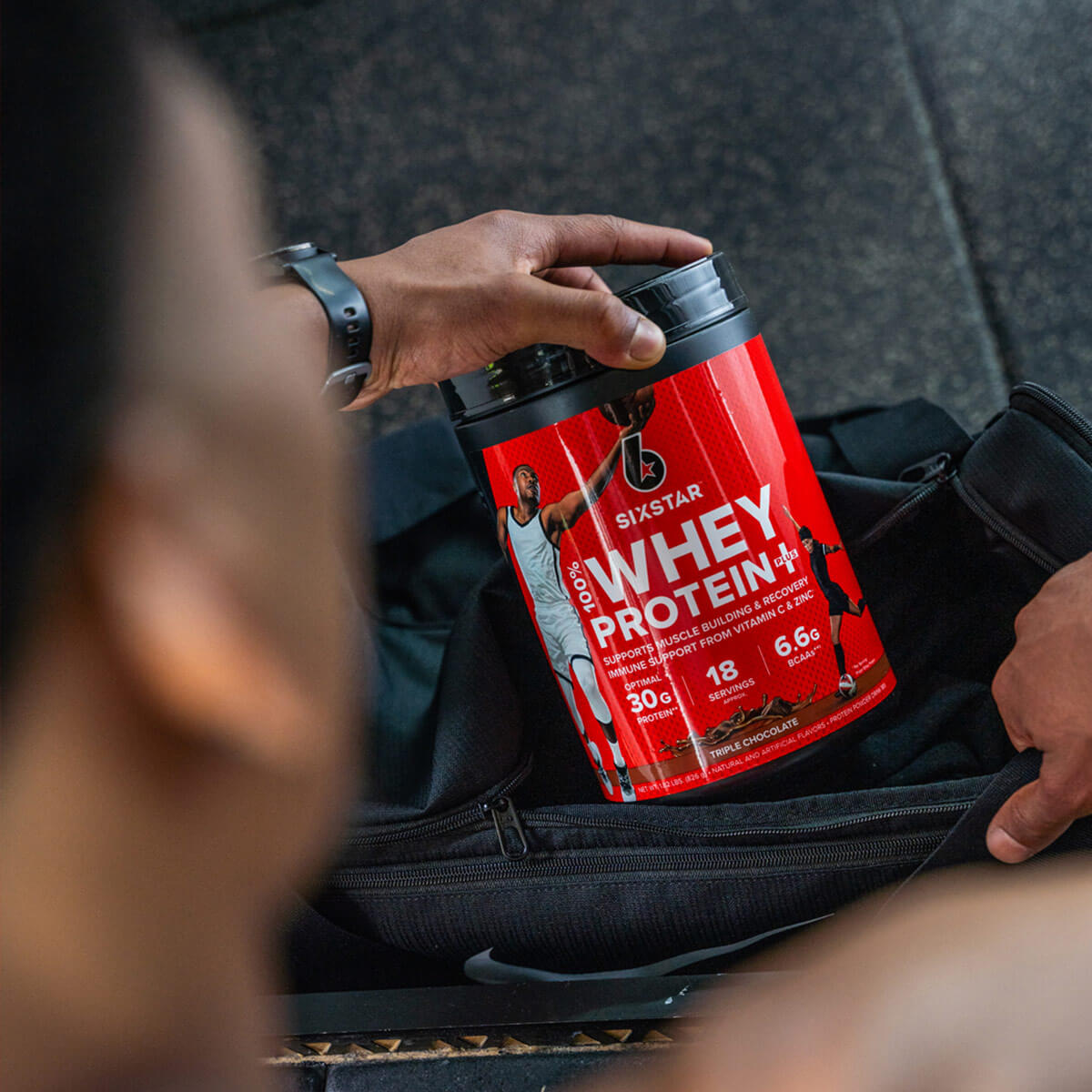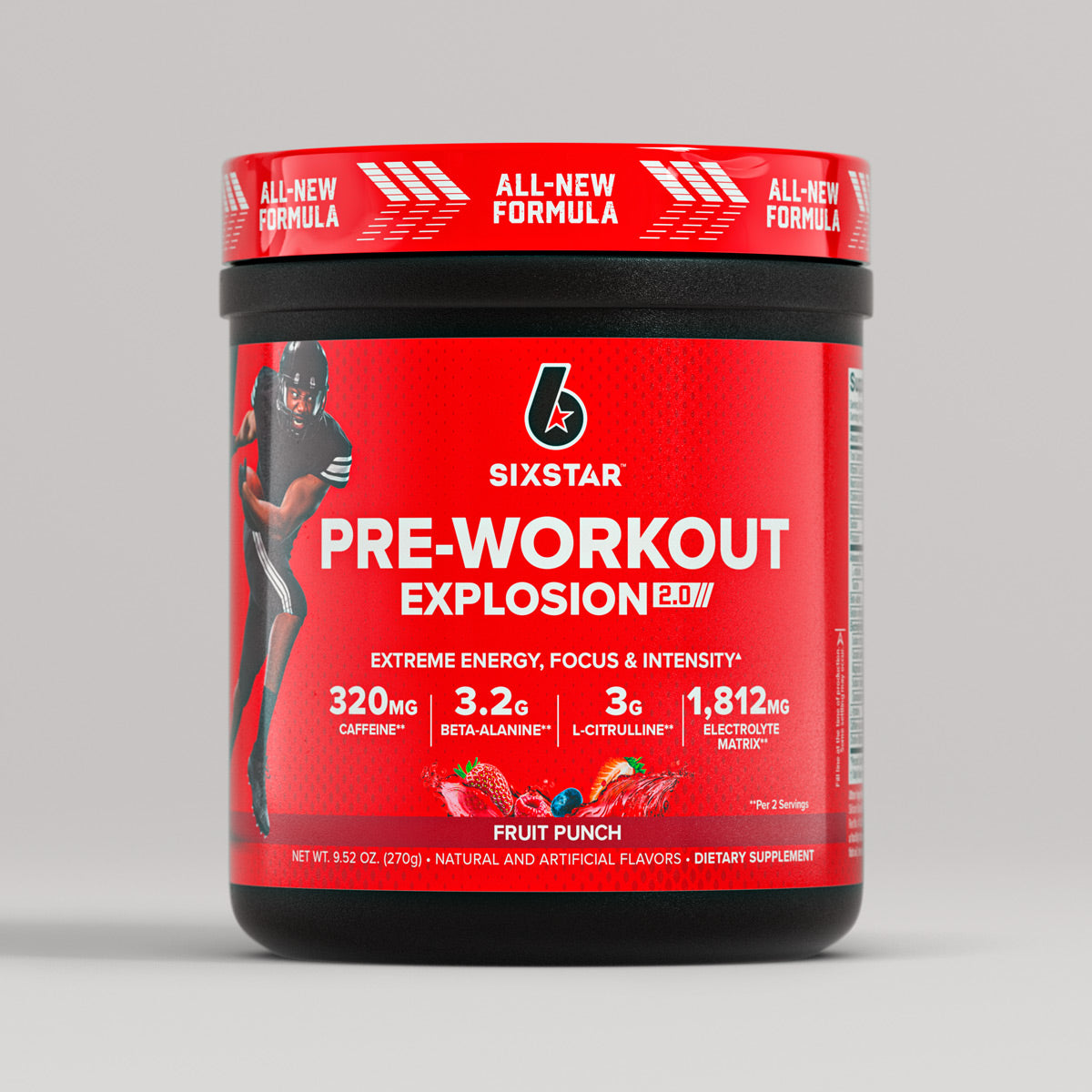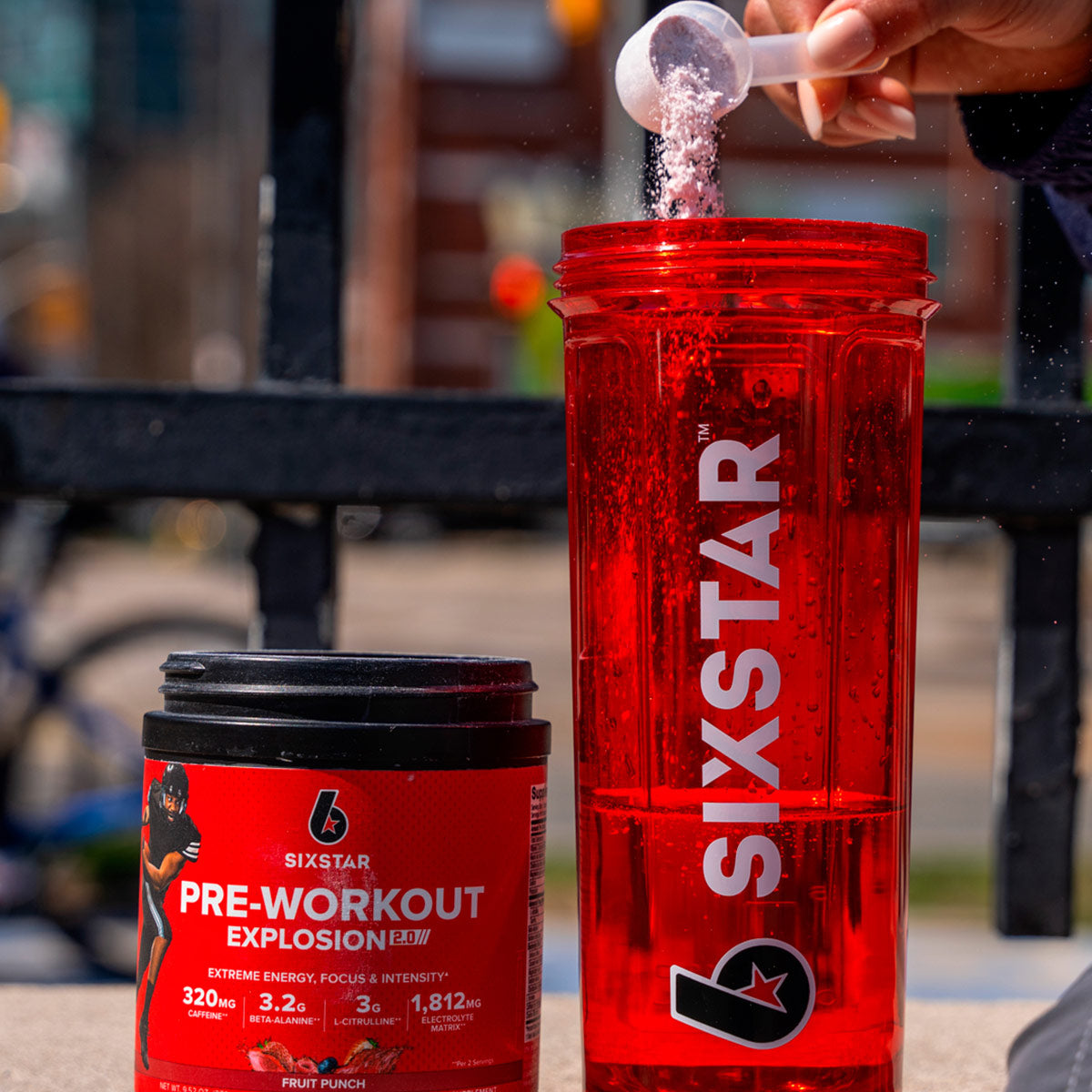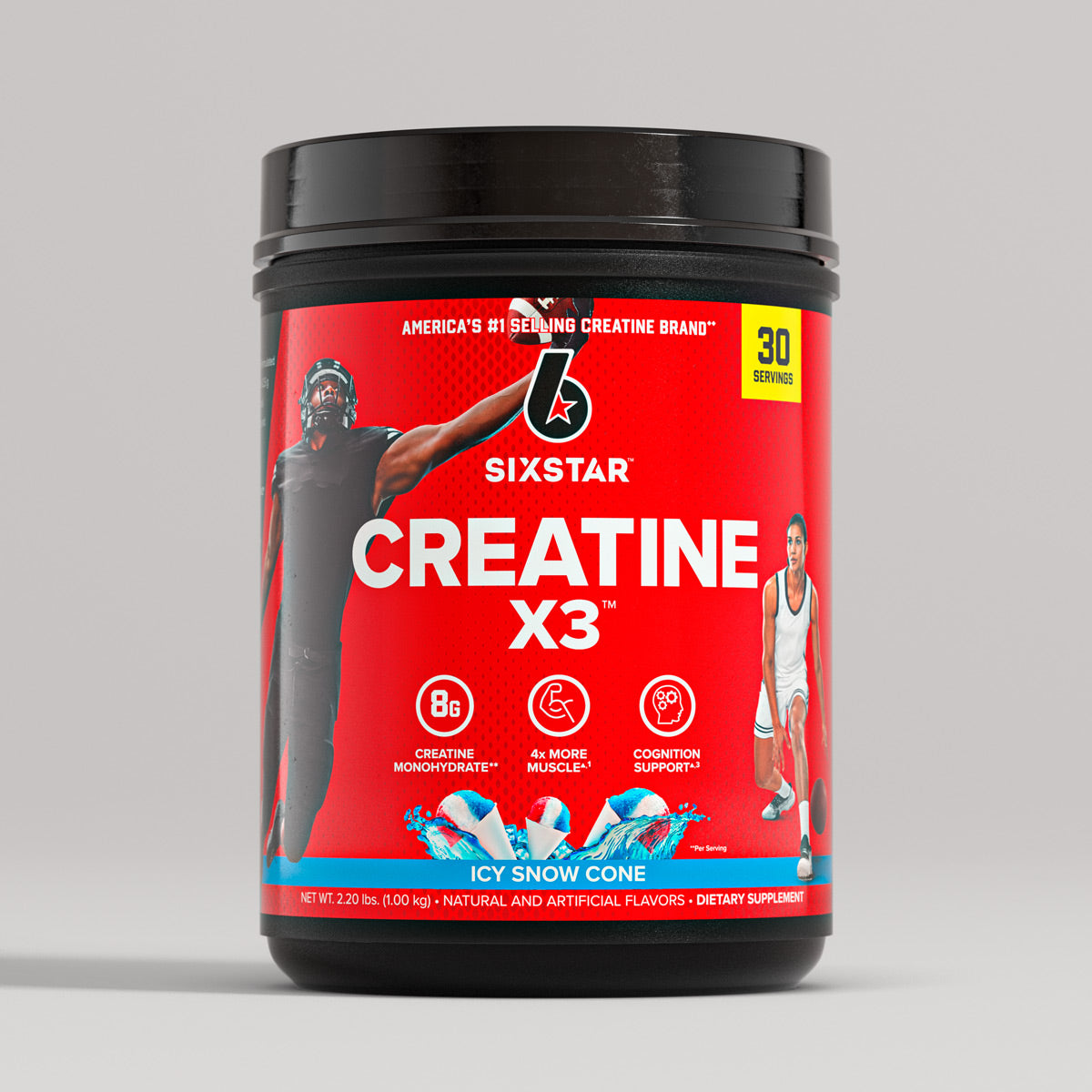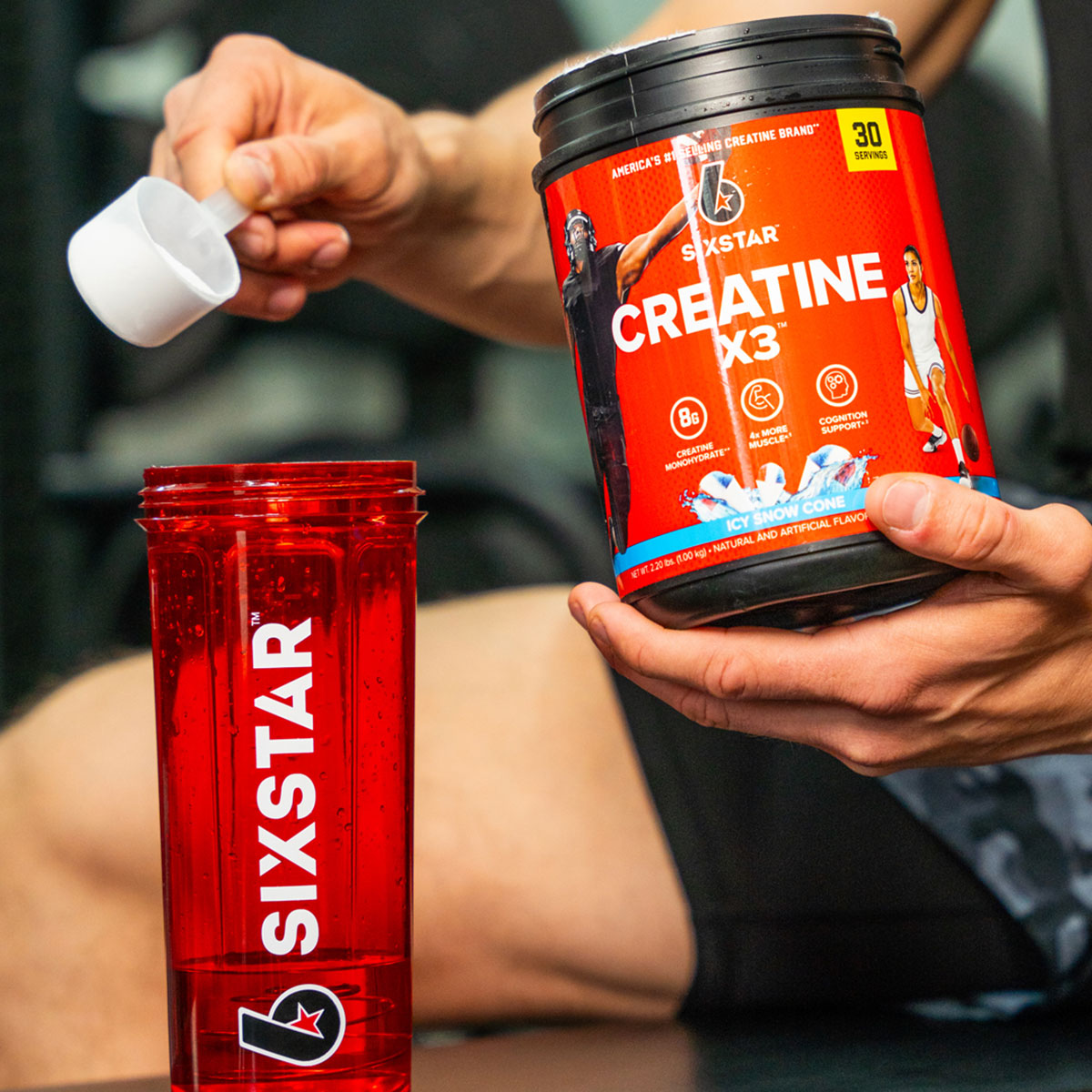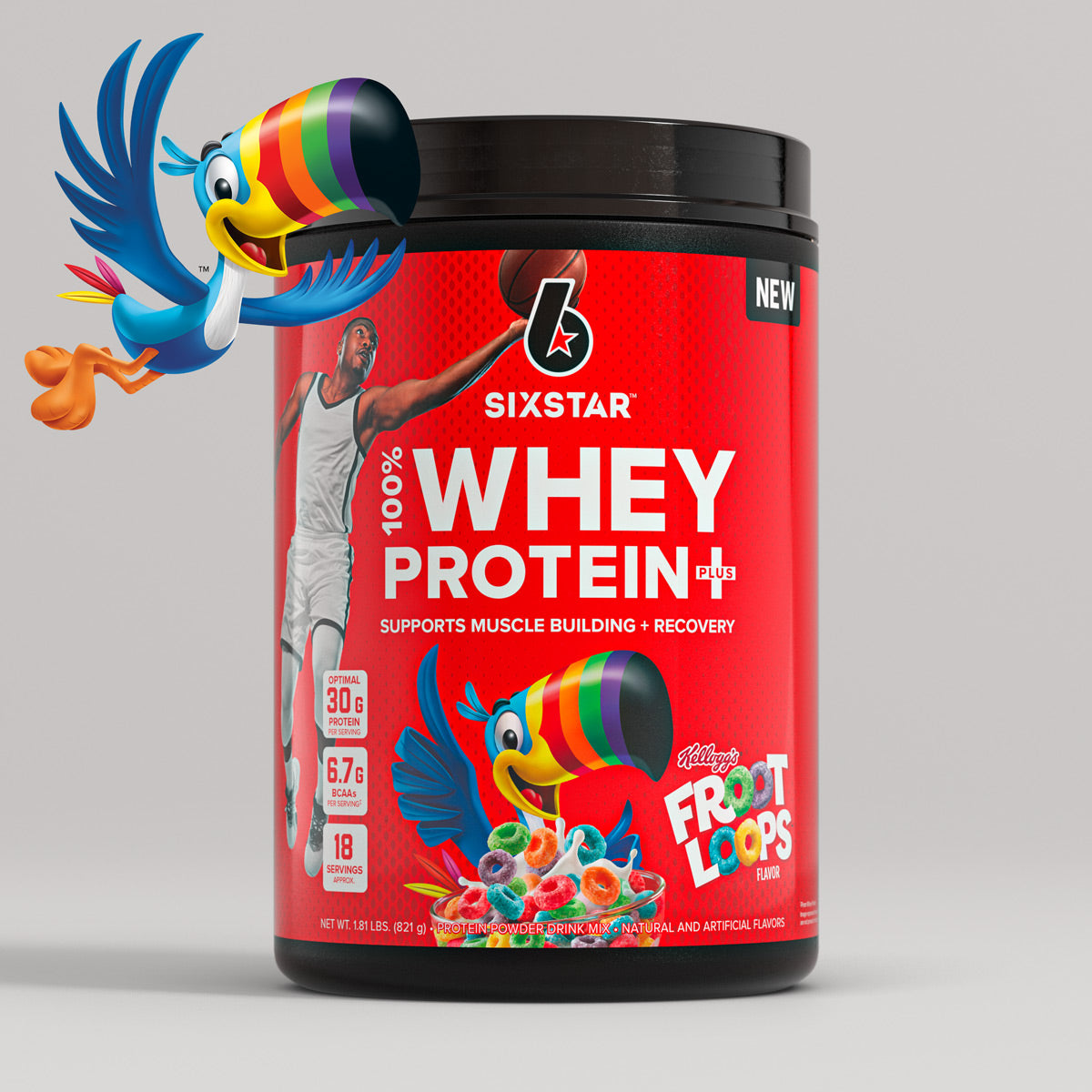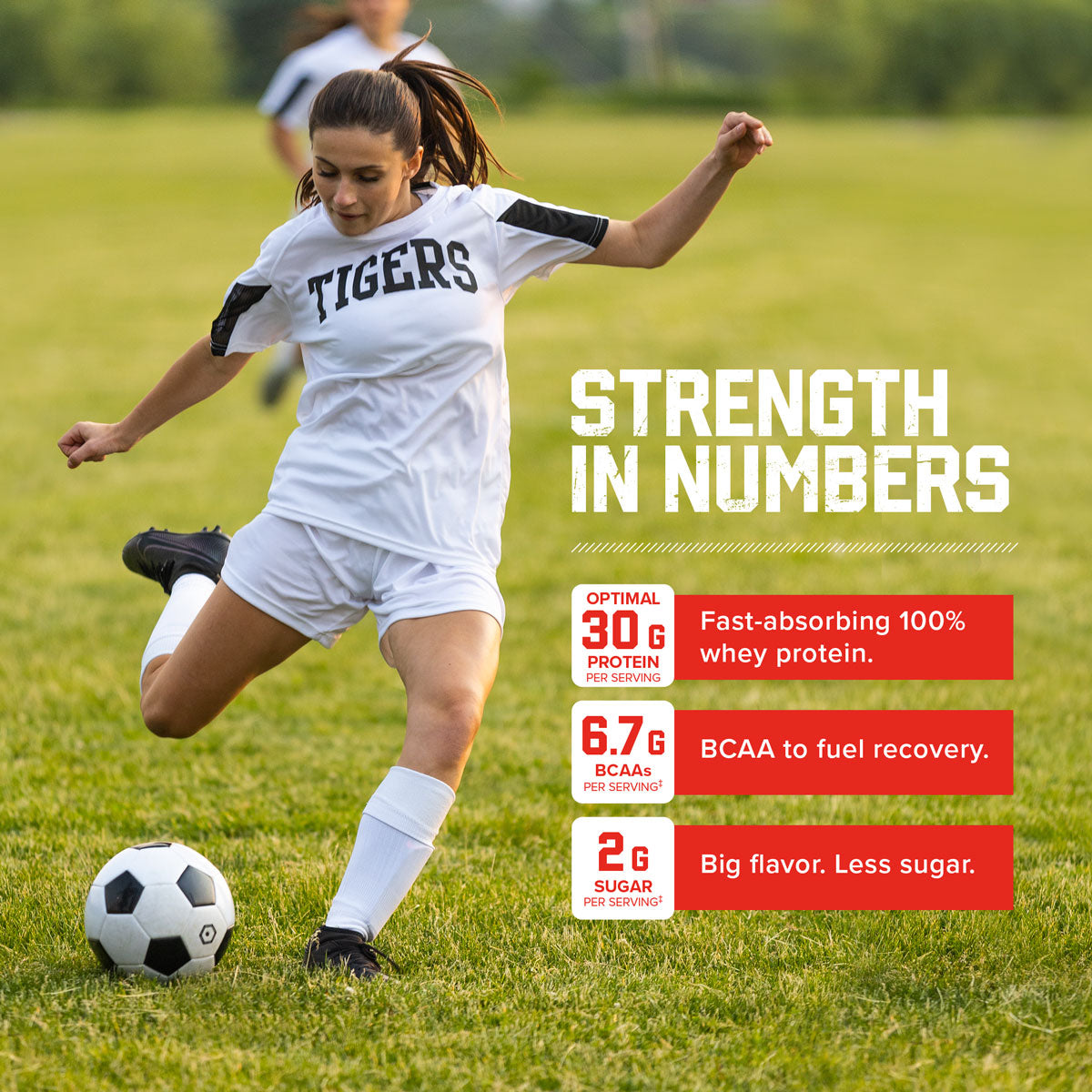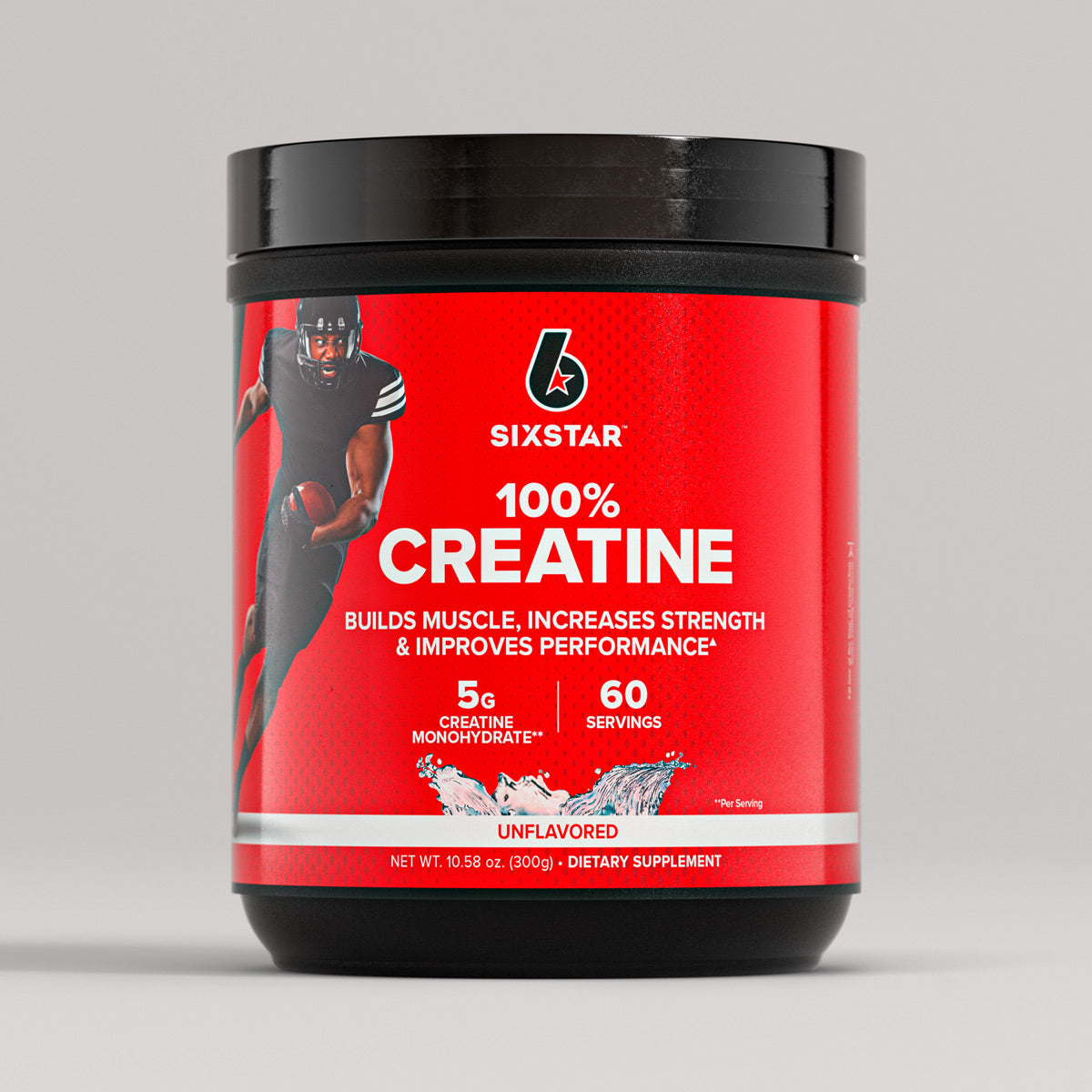To get better at push-ups you will need to practice form as well as increase your upper body strength and muscle mass with chest and triceps building exercises. This can be achieved by doing push-ups from a variety of angles and performing them two to three times a week.
A pushup works on more than just your upper body muscles. This full-body movement is perfect for all gym-goers and fitness enthusiasts. If you are wondering where to start or looking for some key tips as you look to perfect this movement than this is the post for you.
Pushups are one of the most tried-and-true, classic exercises out there. Pushups can be an excellent tool for a well-rounded workout routine, a tool in many workout plans around the world, one everyone should look to master.
Although pushups are a great move to support full-body fitness, it can be challenging for beginners who are just starting out at the gym. Don’t worry if you are a beginner, read through this blog to know more about pushups and how to get better over time!
Table of content
What muscles do push-ups work?
Most often referred to as a chest exercise, there is more than meets the eye. Push-up is categorized as a compound bodyweight exercise, meaning that it targets several other muscles not just the chest.
Here is a list of muscles you will be working on:
1. Pectoralis major
The pectoralis major is one of the largest chest muscles. It’s thick, fan-shaped, triangular convergent muscle of the human chest found just under the breast tissue. It serves as the prime mover when performing a push-up.
The pectoralis major is composed of two parts: the clavicular head, which originates from the medial portion of the clavicle, and the sternocostal head, which originates from the sternum and upper ribs. Despite originating from different locations, both heads converge and insert on the upper part of the humerus, or upper arm bone.
During the push-up, this muscle controls the lowering of your torso towards the floor and pushes the body back up to the starting position.
2. Pectoralis minor
The pectoralis minor is a lesser-known muscle of the chest, significantly smaller in size and located beneath the pectoralis major.
This small, triangular muscle originates from the front of the third to fifth ribs and inserts onto the coracoid process, a hook-like structure on the front of the scapula.
When performing the push-up, the pectoralis minor keeps the scapulae, your shoulder blades, in position. This allows for the correct posture of the shoulders and upper back.
3. Triceps
The triceps, formally known as the triceps brachii, is a large, thick muscle located on the back of your upper arm.
The prefix “tri” refers to the three heads that form this important pushing muscle. These are referred to as the medial, lateral, and long heads.
Each of these heads has a unique point of origin. The medial and lateral heads originate from the back of the humerus, the upper arm bone, while the long head originates from the upper part of the scapula, just below the shoulder joint.
All three heads insert onto the olecranon process, which is the pointed bone on the back of your elbow joint.
During the first half of the push-up, when your chest is close to the floor, the triceps helps stabilize the torso. During the second half, the triceps is the primary mover as you extend the arms.
4. Anterior deltoids
The deltoids are large, triangular-shaped muscles that sit atop the shoulder joints. Like the triceps, these powerful muscles consist of three distinct heads: the anterior, lateral, and posterior heads.
Although all three heads are engaged during a push-up, the anterior head is the most targeted due to its position at the front of the shoulder joint. This head originates from the front part of the clavicle and inserts onto the outer part of the humerus in the upper arm.
During the upward phase of a push-up, the anterior deltoids assist in adducting the shoulder joint, bringing the arms inward toward the chest. They also play a crucial role in stabilizing the shoulders during the downward phase.
5. Core muscles
While push-ups primarily target the chest muscles, other muscle groups play a crucial supporting role, particularly the core muscles, including the abdominals.
The abdominal muscles consist of five main muscles: the rectus abdominis, transversus abdominis, internal and external obliques, and the pyramidalis.
Additionally, the deep core muscles in the back, particularly the erector spinae and multifidus, assist in maintaining an upright torso.
Together, these core muscles work to keep your spine aligned, ensuring proper form during push-ups.
What are the benefits of pushups?
The push-up is a tried-and-true bodyweight exercise known to provide several potential benefits. Here are the top benefits of regularly performing push-ups.
1. Builds upper body strength
As a compound exercise that engages multiple muscle groups at once, the push-up is highly effective for building upper body strength. When included in a well-rounded training program, push-ups can significantly strengthen the pectoral muscles, triceps, and anterior deltoids.
Moreover, research indicates that weighted push-ups can activate muscles to a similar degree as the bench press, another popular upper body exercise.(1)
Though push-ups predominantly target muscles of the upper body, performing them with good form can also strengthen muscles of the core, specifically the abdominal muscles and lower back.
2. May reduce the risk of cardiac events
Research suggests that being able to perform push-ups and being physically fit lowers your risk of having a heart attack or stroke.
A study in male firefighters found that being able to perform more push-ups was associated with a lower risk of cardiovascular events like heart attack and stroke.(2)
Push-up ability could be used as a marker of physical fitness and that being able to perform more push-ups could indicate better heart health.
3. May improve body composition
Anyone who’s done more than a few push-ups knows how quickly they can get your heart racing. Incorporating strength exercises like push-ups into an aerobic routine can boost energy metabolism, leading to increased calorie burn and potential fat loss.
By including push-ups in a well-rounded workout program and maintaining a balanced diet, you can achieve long-term improvements in body composition.(3)
How to do a proper push-up with proper technique?
- Begin in a plank position with the elbows extended and your hands slightly wider than shoulder width. Your feet and legs should be pressed together, and your belly button should be pulled up into the body to help you keep the abdominals contracted.
- Make sure neck is in-line with spine, shoulders are pulled back and away from ears, and glutes and quads are engaged, as well. This is your starting position.
- On an inhale, bend elbows to lower the body towards the ground. The hands should be in line with the sternum at the bottom of the push-up. Upper arms should form 45-degree angles with sides.
- Once elbows are bent to 90 degrees or chest touches floor, exhale and push through hands to press body back up. Maintain engagement and that straight-line position. That's one rep.
- Exhale upon returning to the start position, keeping your elbows straight, before repeating using the same positioning. This is also a great time to reset yourself to ensure your core is contracted, your legs are pressed together, and you are properly preparing your upper back to support you as you go into your next rep.
How to get better at push-ups?
1. One Repetition Daily
To nail your first push-up, you need to practice the skill of doing a push-up regularly (That’s what the doctor ordered). Seeing that both skill and strength are needed to do a push-up, you need to practice push-ups often.
Sometimes you must improvise to get into the habit of doing a great push-up workout. This may mean you do a few incline push-ups or kneeling reps to get going.
2. More Weights But Little Calisthenics
If you like to lift more than calisthenics, I understand, and you can build a decent foundation of fitness for military fitness tests just with lifting your body weight, but with multiple sets and higher repetitions to increase muscle stamina.
Changing a strength exercise to an endurance exercise requires more repetitions and regular volume. Rearrange the week and do your push-ups on the days you do bench press and add the other push elements to the same day as well.
3. Improve Your Planks
To do a push-up you need core strength and coordination in addition to the strength in the chest and triceps to move your bodyweight for reps, if your core strength and coordination is lacking, you won’t be able to do push-ups properly.
If you find your hips drop during a push-up, then start doing bodyweight planks as this will help you engage the core and back muscles the same way you would in a push-up.
Training with weights can help you bridge the gap between not being able to do any push ups (or very few) to doing higher rep sets.
4. Get Stronger Triceps
If you struggle at the top half of the push-up, chances are your triceps are the issue. To fix this, perform more triceps exercises like skull crushers, triceps pushdowns, and floor presses.
5. Strengthen Your Upper Back
A strong upper back is a key to increasing upper body pressing strength. To exert force without losing the position of your shoulder blade you need a strong upper body.
Try movements like bent-over rows, inverted rows, and pull-ups to build upper back strength.
6. Practice Incline Push Ups
The incline push-up is perfect for beginners to build upper body strength. This exercise still targets the main chest muscles but puts far less stress on your elbows and reduces the body weight you are lifting.
When doing incline push-ups, you still need to keep the core tight, however, the upper body strength demands are lower than a standard push-up.
7. Get Some Extra Partial Push Ups
If you are already in a position where you can perform several standard push-ups, immediately after you hit failure get some atrial push-ups in, this is a great training stimulus to enhance muscle growth by increasing volume and muscle endurance.
8. Test Your Limit
Once you can do a proper push-up, you need to track your progress every week. Keep adding reps to increase your strength and stamina as you go!
The bottom line
Push-ups are a total body strengthening workout, the trick is to keep doing them to progress from low-rep modification to the full exercise. You can also incorporate weightlifting and variations into your routine and over time push-ups will feel a bit easier.
REFERENCES:
- Tillaar RVD. Comparison of Kinematics and Muscle Activation between Push-up and Bench Press. Sports Med Int Open. 2019 Sep 5;3(3):E74-E81. doi: 10.1055/a-1001-2526. PMID: 31508485; PMCID: PMC6728153.
- Yang J, Christophi CA, Farioli A, Baur DM, Moffatt S, Zollinger TW, Kales SN. Association Between Push-up Exercise Capacity and Future Cardiovascular Events Among Active Adult Men. JAMA Netw Open. 2019 Feb 1;2(2):e188341. doi: 10.1001/jamanetworkopen.2018.8341. PMID: 30768197; PMCID: PMC6484614.
- Villareal DT, Aguirre L, Gurney AB, Waters DL, Sinacore DR, Colombo E, Armamento-Villareal R, Qualls C. Aerobic or Resistance Exercise, or Both, in Dieting Obese Older Adults. N Engl J Med. 2017 May 18;376(20):1943-1955. doi: 10.1056/NEJMoa1616338. PMID: 28514618; PMCID: PMC5552187.





